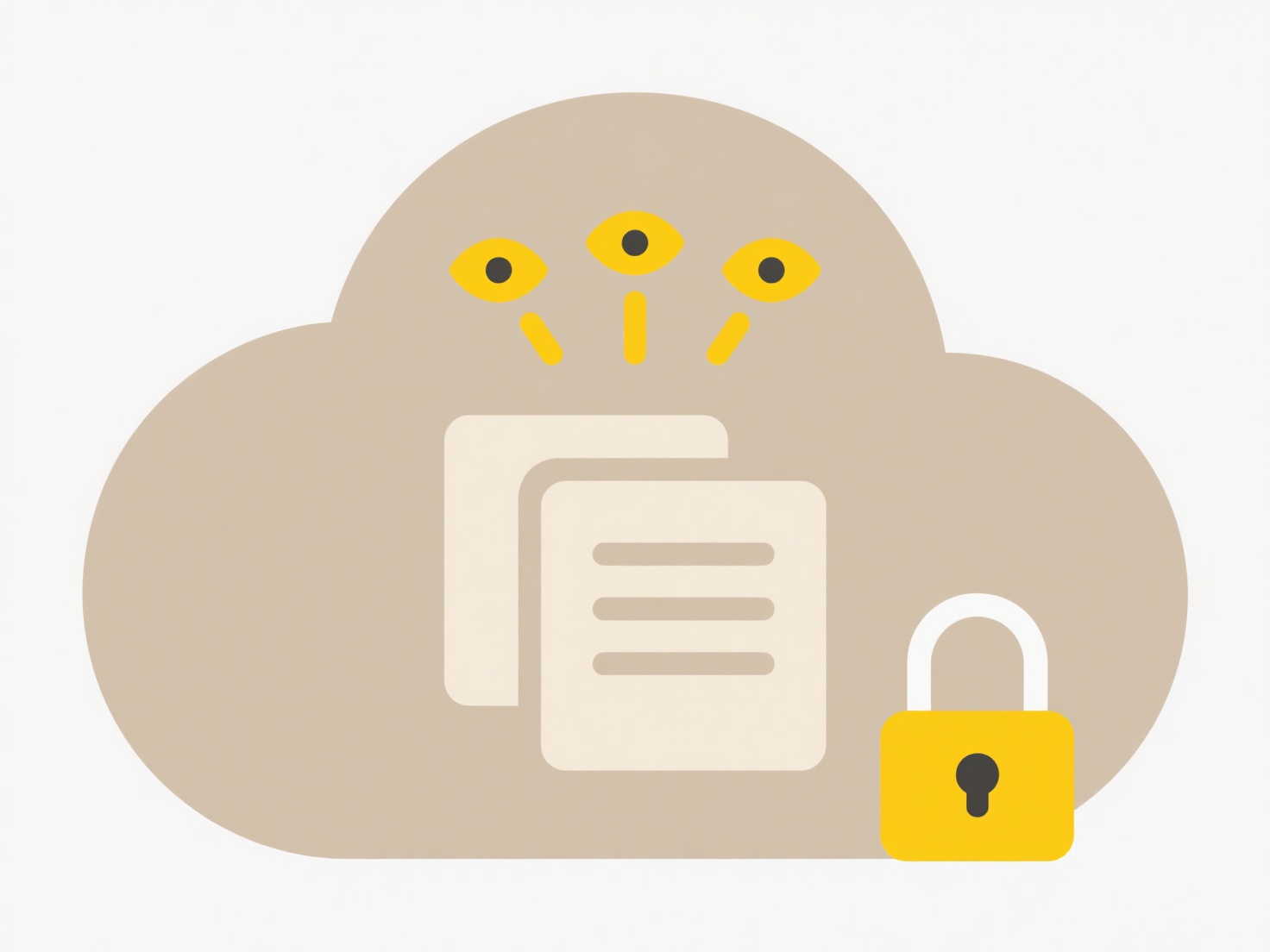
"Access denied" indicates your user account lacks sufficient permissions to open the file as requested. This security mechanism prevents unauthorized users from accessing, modifying, or deleting files they shouldn't. It differs from "file not found" because the system sees the file but your account doesn't have the rights (like read, write, or execute) set by its owner or administrator. Access is governed by permissions attached to the file itself.
For instance, in a corporate setting, an employee might see "Access denied" when trying to open a confidential HR spreadsheet saved on a shared drive without explicit permission. Similarly, a user might encounter this on their personal computer if they try to modify a critical system file (like certain files in the Windows System32 folder or Linux /etc directory) owned by the operating system or another administrator account.

This permission system is crucial for security and data integrity, preventing accidental or malicious damage. However, it can cause user frustration when permissions aren't correctly configured or inherited. To resolve it, users typically need to request access from the file owner or administrator, or check if they are using the correct account with elevated privileges where appropriate. Misconfiguring permissions poses security risks.
Why does it say “Access denied” when I try to open a file?
"Access denied" indicates your user account lacks sufficient permissions to open the file as requested. This security mechanism prevents unauthorized users from accessing, modifying, or deleting files they shouldn't. It differs from "file not found" because the system sees the file but your account doesn't have the rights (like read, write, or execute) set by its owner or administrator. Access is governed by permissions attached to the file itself.
For instance, in a corporate setting, an employee might see "Access denied" when trying to open a confidential HR spreadsheet saved on a shared drive without explicit permission. Similarly, a user might encounter this on their personal computer if they try to modify a critical system file (like certain files in the Windows System32 folder or Linux /etc directory) owned by the operating system or another administrator account.

This permission system is crucial for security and data integrity, preventing accidental or malicious damage. However, it can cause user frustration when permissions aren't correctly configured or inherited. To resolve it, users typically need to request access from the file owner or administrator, or check if they are using the correct account with elevated privileges where appropriate. Misconfiguring permissions poses security risks.
Quick Article Links
How do I rename exported images from Figma or Sketch?
Renaming exported images in Figma or Sketch involves setting custom filenames before generating asset files. Unlike simp...
Can I export a video in different resolutions?
Video exporting is the process of finalizing and saving your edited project as a standalone video file. Resolution refer...
Can I lock a file in cloud storage to prevent editing?
File locking in cloud storage prevents users from making changes to a file while allowing viewing. It functions differen...